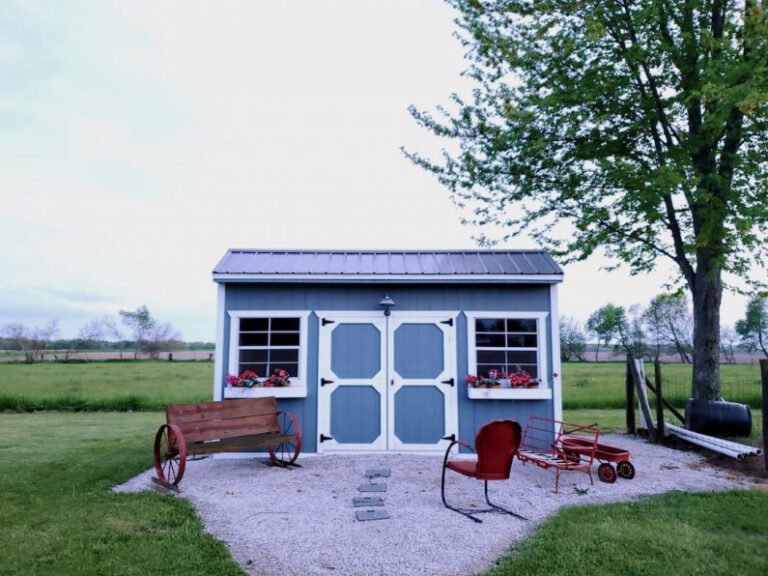Ideas for Organizing Your Workshop Space
When it comes to having a functional workshop, organization is key. A well-organized workshop not only makes it easier to find tools and materials but also improves safety and productivity. If you’re looking to revamp your workshop space and get things in order, here are some ideas to help you get started.
Clear Out the Clutter
Before you can begin organizing your workshop space, it’s important to clear out any unnecessary clutter. Start by going through all of your tools, materials, and equipment, and get rid of anything that is broken, outdated, or no longer needed. This will create more space and make it easier to organize the items that you do want to keep.
Invest in Storage Solutions
Once you have cleared out the clutter, it’s time to invest in some storage solutions. There are many different options available, so choose ones that best fit your needs and the size of your workshop. Wall-mounted cabinets, shelves, and pegboards are great for storing tools and equipment, while bins and containers are ideal for organizing smaller items like screws, nails, and bolts. Labeling your storage containers will also make it easier to find what you need quickly.
Create Work Zones
One effective way to organize your workshop space is by creating different work zones. This allows you to designate specific areas for different tasks, making it easier to find and access the tools and materials you need. For example, you could have a woodworking zone, a metalworking zone, and a painting zone. Each zone would have its own set of tools and equipment, ensuring everything is easily accessible.
Arrange Tools by Frequency of Use
Another useful tip for organizing your workshop space is to arrange your tools and equipment based on how often you use them. Keep the tools you use most frequently within easy reach, either by hanging them on a pegboard or storing them in a portable tool chest. Less frequently used tools can be stored in labeled containers or on higher shelves to free up space for more frequently used items.
Utilize Vertical Space
When organizing your workshop, don’t forget to utilize the vertical space. Installing shelves or cabinets on the walls can provide additional storage space for tools, materials, and equipment. You can also hang hooks or pegboards to keep frequently used tools within reach. By maximizing vertical space, you can free up valuable floor space and create a more efficient and organized workspace.
Keep Safety in Mind
In a workshop, safety should always be a top priority. When organizing your space, make sure to keep safety in mind. Store hazardous materials, such as chemicals or flammable products, in a locked cabinet or designated area. Keep fire extinguishers and first aid kits easily accessible. Additionally, make sure that walkways are clear and that tools and equipment are stored properly to avoid accidents and injuries.
Regularly Maintain and Review
Once you have organized your workshop space, it’s important to regularly maintain and review your system. Set aside some time each month to tidy up and put items back in their designated places. This will prevent clutter from accumulating and keep your workshop organized in the long run. Regularly reviewing your system will also help you identify any areas that may need improvement or adjustment.
In conclusion
Organizing your workshop space is a worthwhile investment of time and effort. By clearing out clutter, investing in storage solutions, creating work zones, arranging tools by frequency of use, utilizing vertical space, and keeping safety in mind, you can transform your workshop into a well-organized and efficient space. Regular maintenance and review will ensure that your workshop stays organized and functional for years to come. So roll up your sleeves and get started on organizing your workshop space today!






